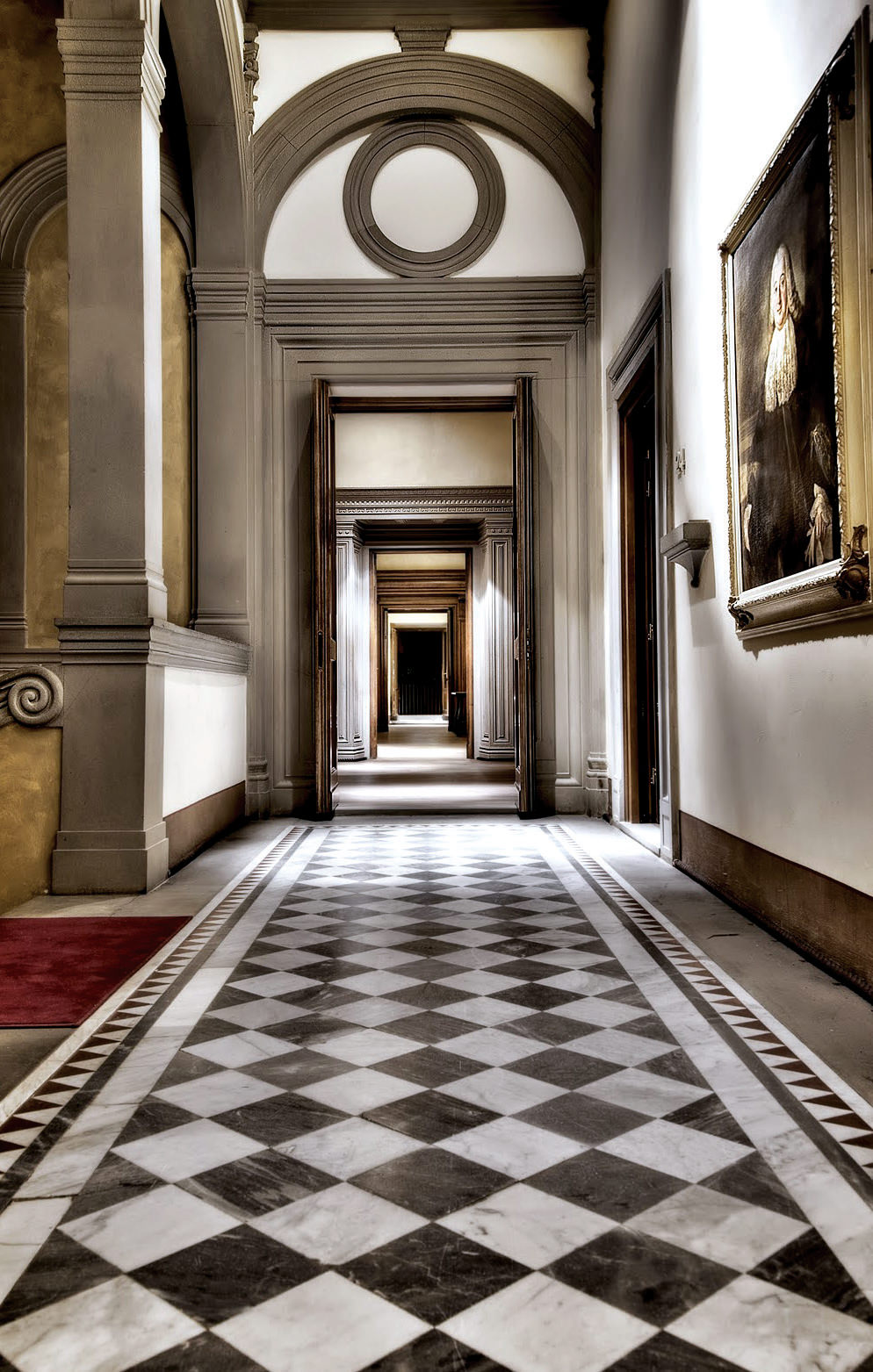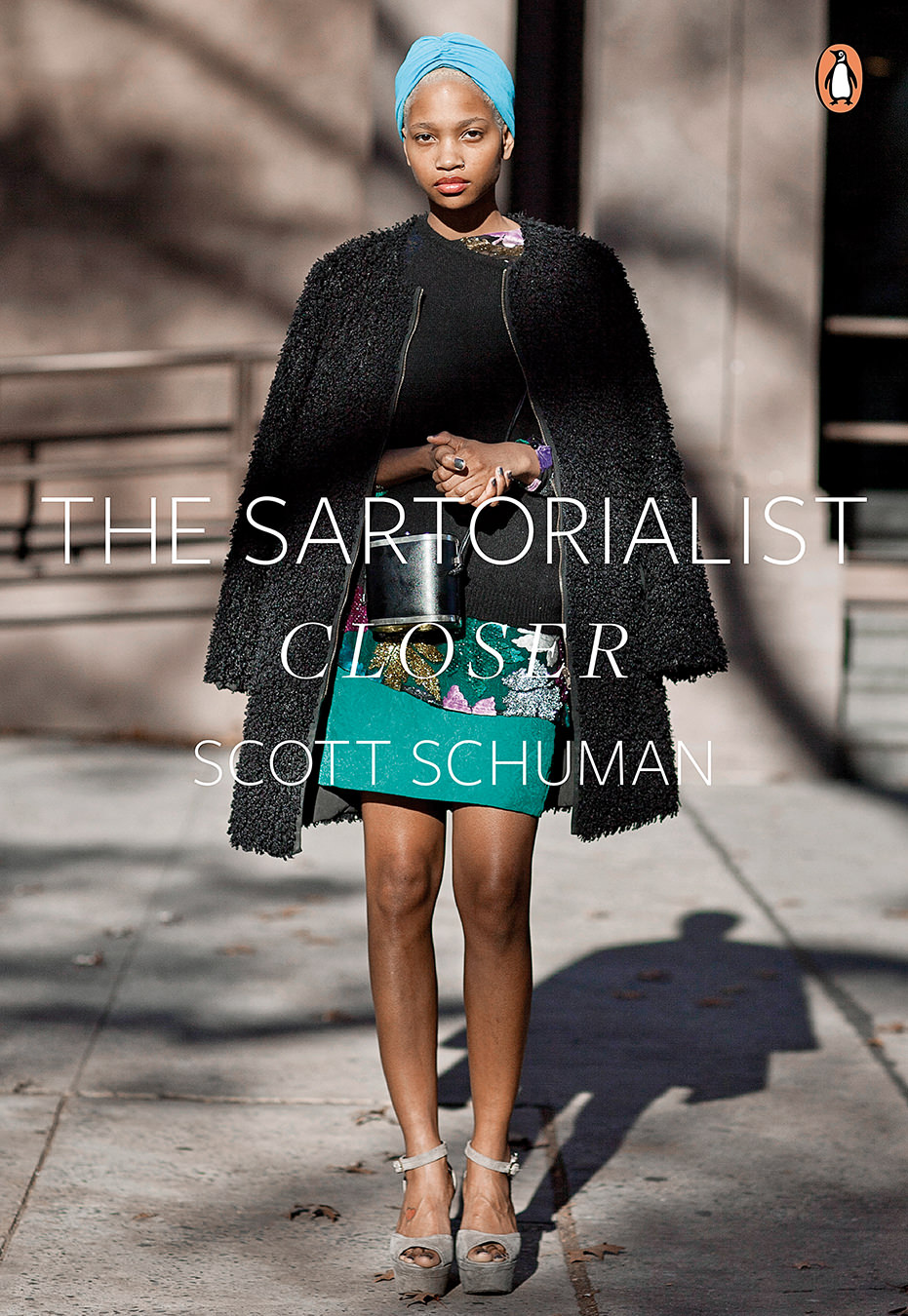Sustainable Fish-Skin Fashion With Barbara della Rovere
Catch of the day.
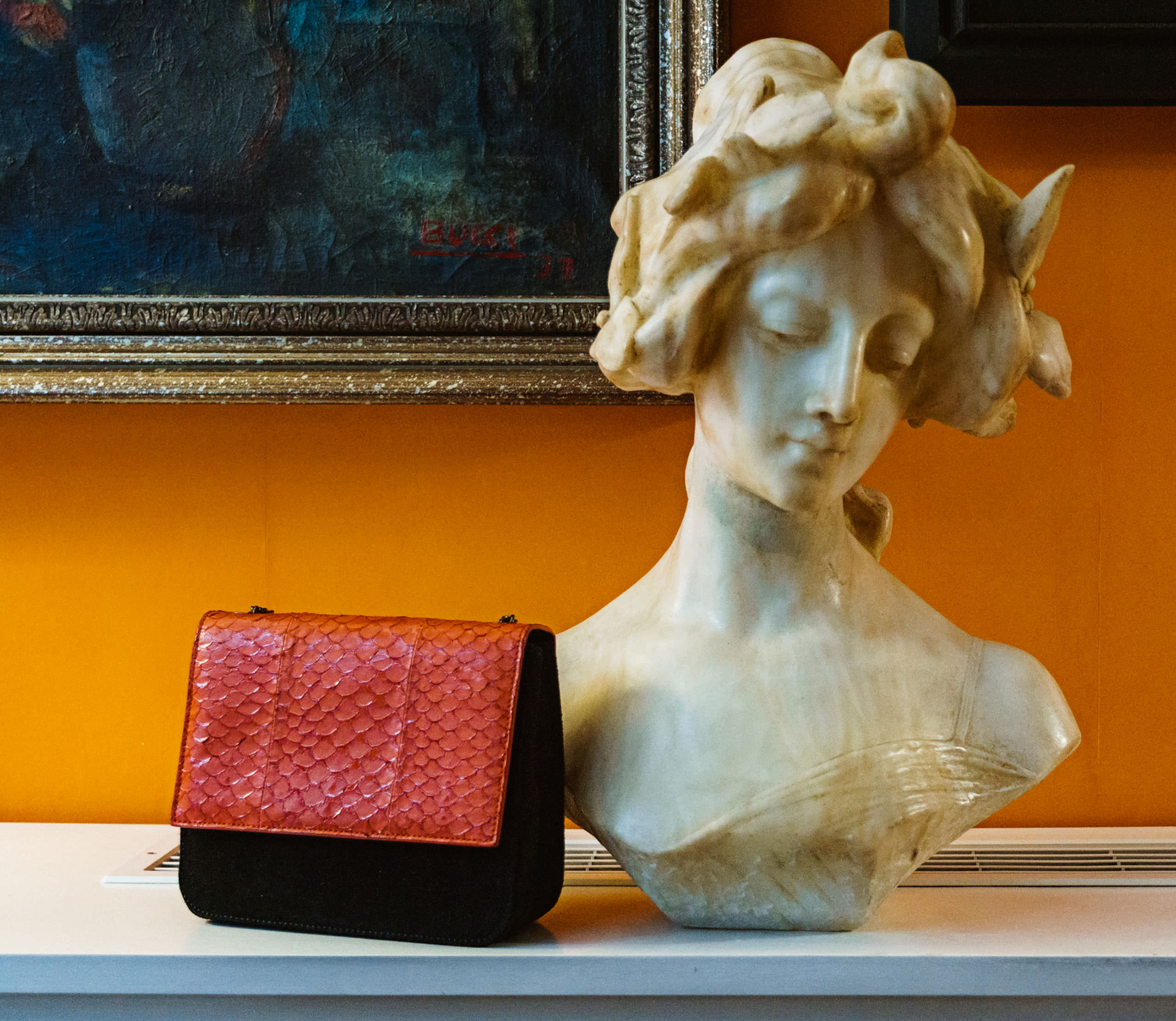
One person may not be able to single-handedly change the $2.5-trillion global fashion industry, but Barbara della Rovere is making her mark. The Brazil-born, Rome-based designer uses fish skins that would otherwise be discarded to create leather handbags and bracelets. In the process, she helps a co-operative of Brazilian fishermen’s wives support themselves.
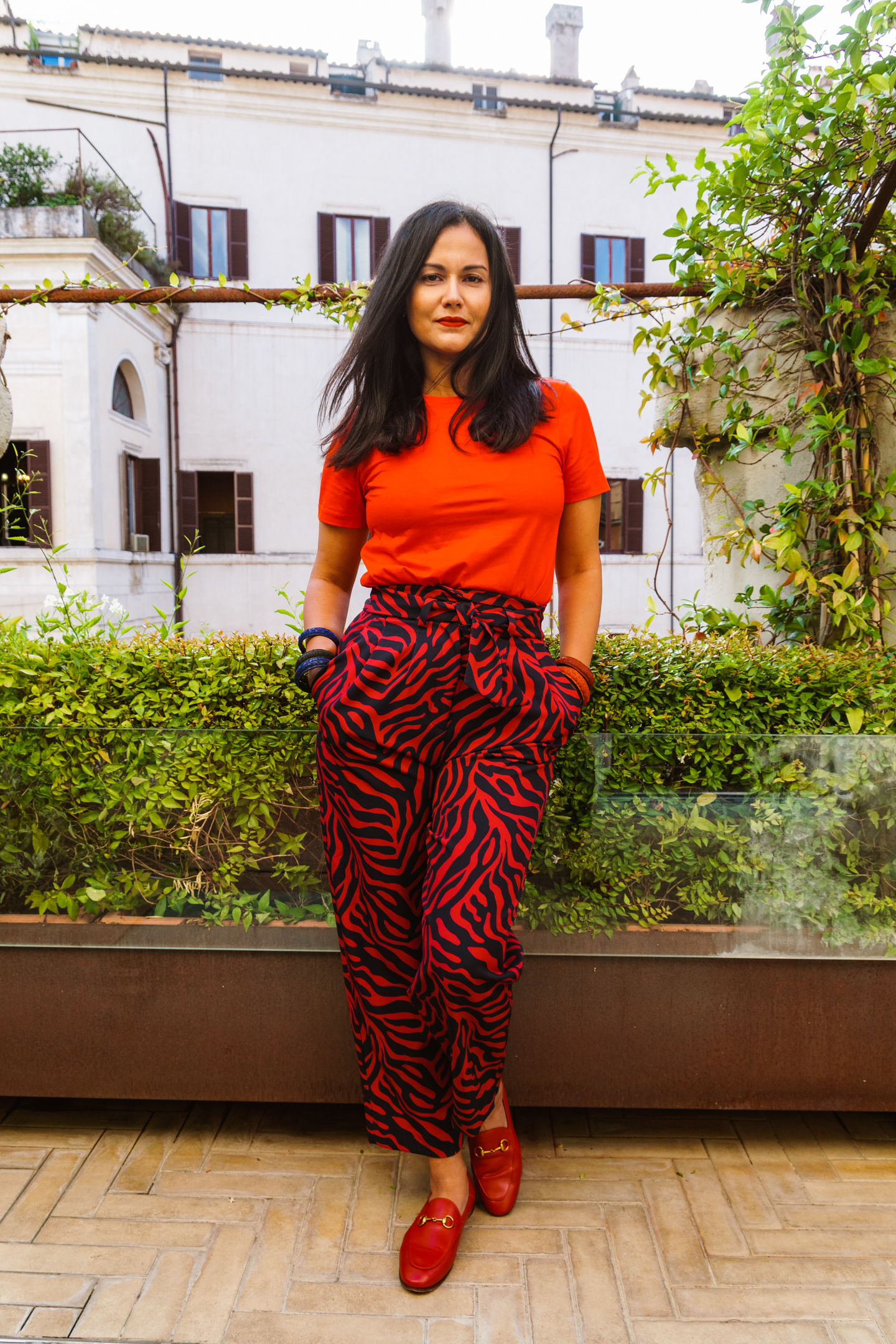
Brazilian-born, Rome-based Barbara delle Rovere uses fish skin that would otherwise be discarded to create her leather handbags.
“It’s a social enterprise,” says della Rovere, who was first introduced to fish-skin leather while working for Osklen, an ethical Brazilian brand. “When I moved to Europe (where I met my husband), I realized no one was working with fish skins.” Before launching her business, della Rovere went back to school and earned a degree in fashion at Senac in Rio de Janeiro, did a one-year program at Central Saint Martins in London, completed a master’s degree in art history at the Sorbonne in Paris, and trained as an artisan at the Accademia Costume & Moda in Rome, where she remains and recently completed a master of science in management of sustainable development goals at LUMSA. Living in the Eternal City allows della Rovere to embrace the Made in Italy ethos.
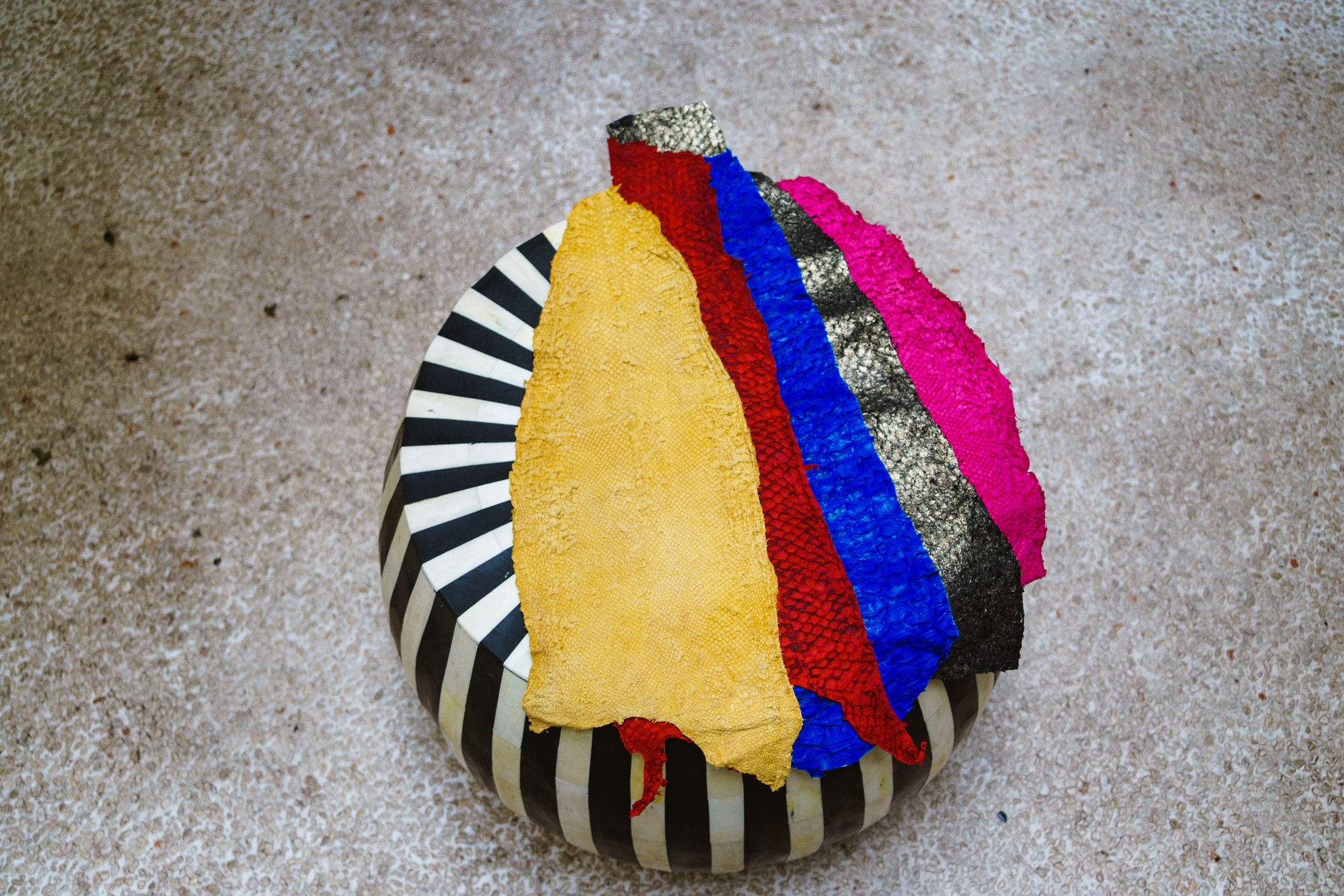
Fish skins may look fragile, but the leather produced is stronger than cow hide.
Rather than launching seasonal collections, della Rovere produces items on an as-needed basis—a more sustainable approach. The skins—pirarucu, sole, black drum, and tilapia sourced from Brazil, as well as Nile perch from Kenya—are more durable than sheep or cow leather. “Fish skin is not as delicate as it seems. It’s not elastic [as the fibres criss-cross], but when you have to stretch, it gives you a lot of margin to work [with],” she explains. “Sole skin is twice as strong as cow leather.”
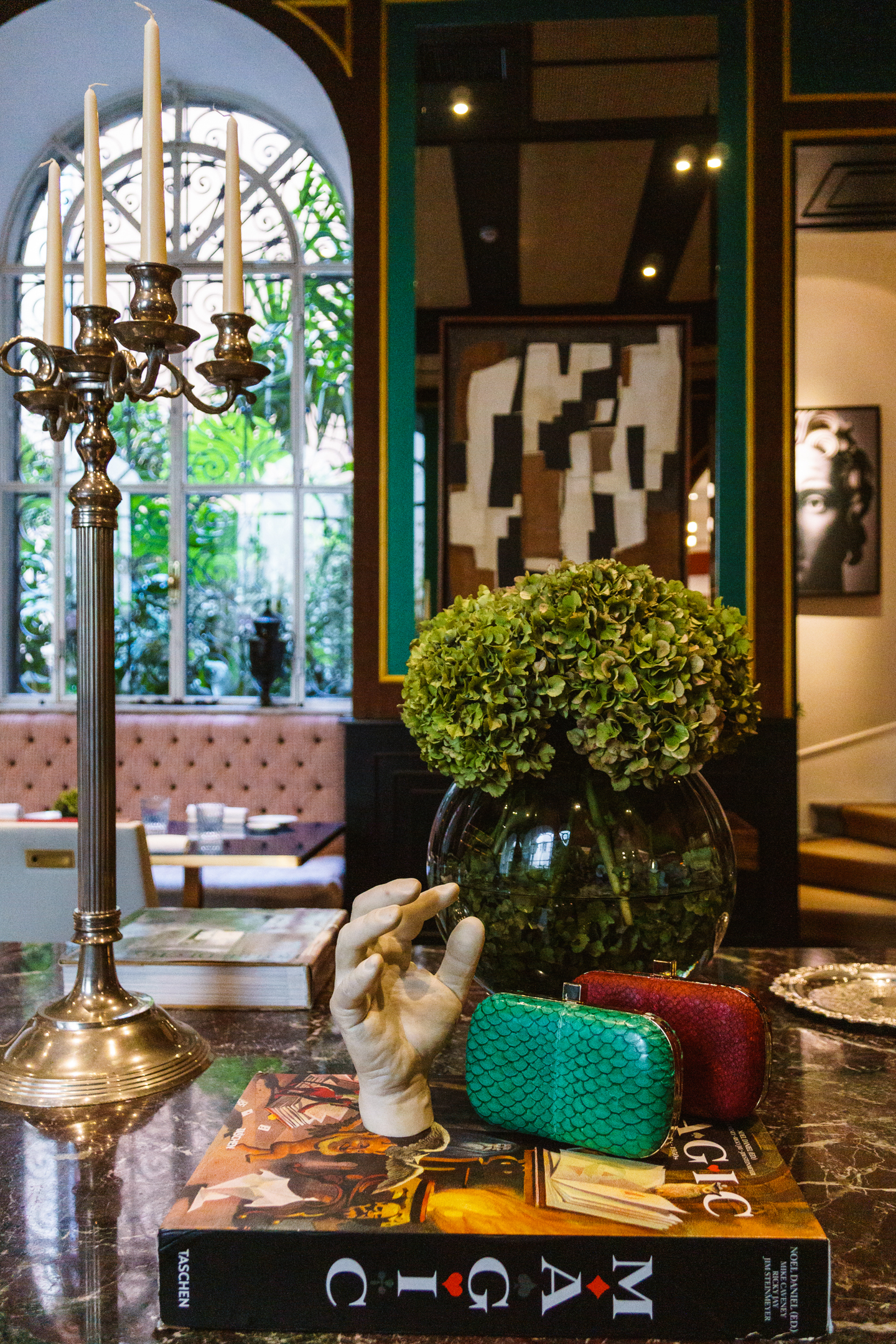
Photographed on location at Hotel Vilòn in Rome.
While della Rovere sketches and designs, each piece is constructed by the skilled artisans of Le Marche, a region in Italy renowned for shoemaking and leather craft. Della Rovere hopes that the rise in availability of fish leather could reduce the demand for snake and alligator skins. Her eco-mindedness has earned her consulting and speaking gigs with the UN’s Food and Agriculture Organization and at the Sustainable Blue Economy Conference in Nairobi.



